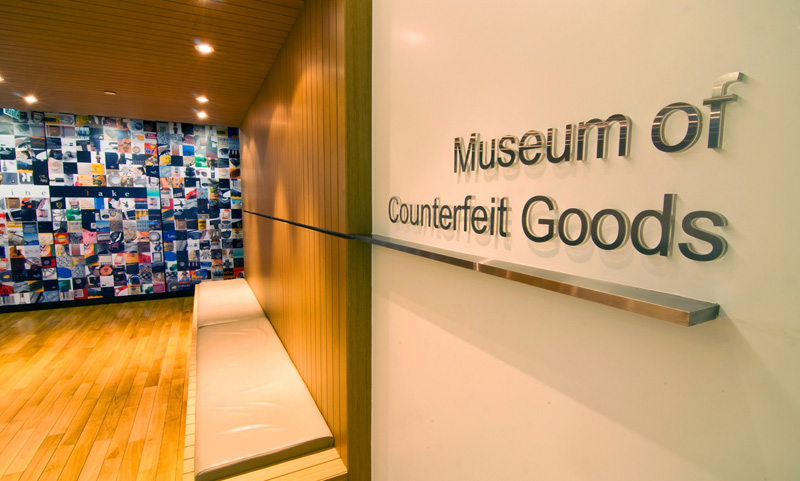China is Central to Latin American Counterfeiting Issues
Counterfeit challenges in Latin America are closely tied to manufacturing in China because a significant proportion of these counterfeits trace back to China. This means an effective brand protection strategy for Latin America often requires an effective brand protection strategy for China as well.
For many brands, concerns about counterfeiting and other unauthorized production (for example, overruns by their authorized suppliers) of their products in China stem at least partly from the potential impact of such activities within the China market. At the same time, there are plenty of brands that do not target the China market, but still have robust China brand protection to prevent the export of counterfeits and other problematic goods. Though these are brands that typically manufacture products in China, it does not need to be the case: A brand that makes its genuine products in a country other than China may still want to do everything it can to prevent the manufacturing and export of fake products out of China, simply because China is far and away the greatest source of fake products.
How to Protect Against Counterfeits in Latin America
The measures you take to protect your IP in China may ultimately be more effective than the measures you take in Latin America. Here are some of the steps you should consider if you are facing counterfeit problems in Latin America, or if you wish to avoid such problems:
1. Trademark Registration in China: Even if your brand neither manufactures nor sells in China, you should consider registering your trademarks there, especially since China’s trademark registration doesn’t require usage as a prerequisite. Once registered, brands can also record their trademarks with China Customs, significantly reducing the risk of counterfeit exports.
2. Identify and Monitor Supply Chains: Working successfully with law enforcement in Latam countries can lead to regular and meaningful product seizures. But if you want to take a sledgehammer to counterfeiters, go up the food chain. Identifying factories that produce counterfeits is seldom easy, and the process may take many months. But putting a manufacturer of counterfeits out of business is likely to make a significant dent on overall counterfeiting activity, which is often rather concentrated, especially when it comes to higher-quality fakes.
3. Keep a Check on Your China Manufacturers: If your brand is linked with manufacturers in China, it’s vital to ensure your China manufacturers aren’t part of the problem. The unfortunate reality is that many Chinese manufacturers engage in unauthorized production. A well-structured, China-specific Non-Disclosure, Non-Use, and Non-Circumvention (NNN) Agreement can safeguard against such issues. Proactive compliance programs can further cement this protection.
4. Strengthen Your U.S. IP Controls: It’s not uncommon for counterfeits to transit through the U.S. en route to Latin America. U.S. Customs and Border Protection’s robust enforcement offers brands an opportunity to seize counterfeit goods during this transit. Given that many Latin American enforcement agencies just assume incoming goods from the United States are genuine, reinforcing U.S. IP controls becomes even more crucial.
Conclusion
Though local protective measures in Latin America are important for fighting against counterfeits, understanding and addressing the source of the problem – primarily China – will amplify the effectiveness of your brand protection strategies.

























